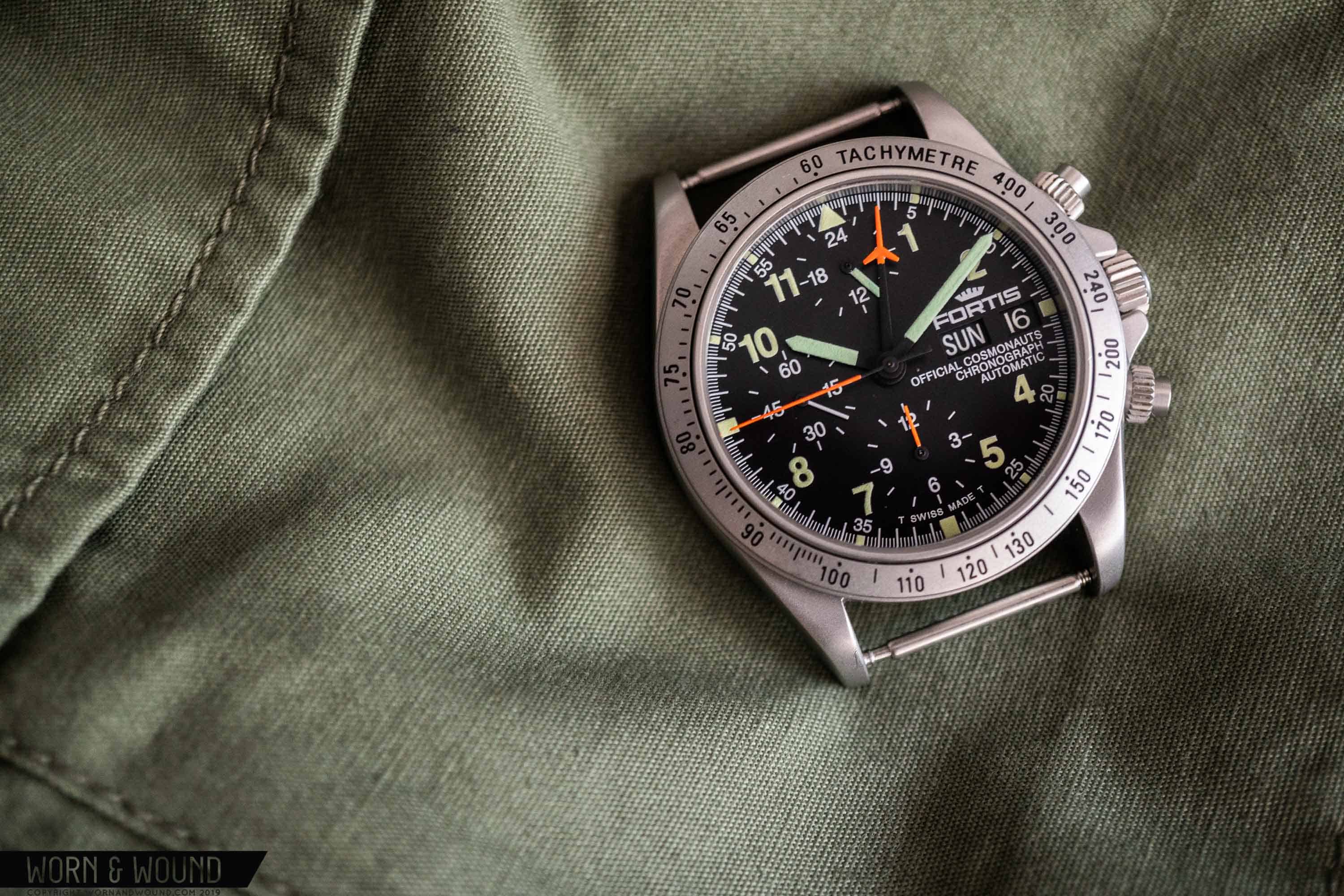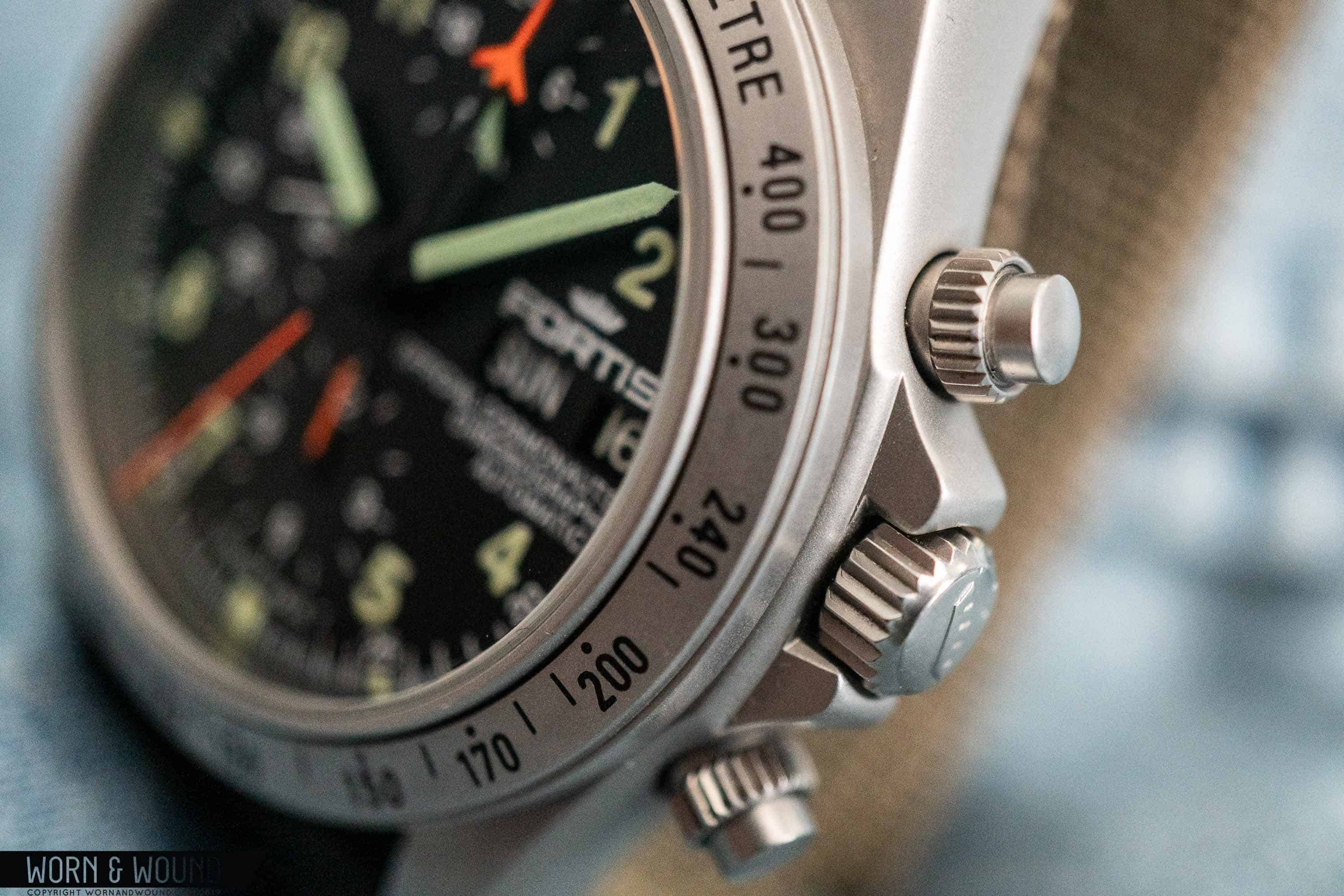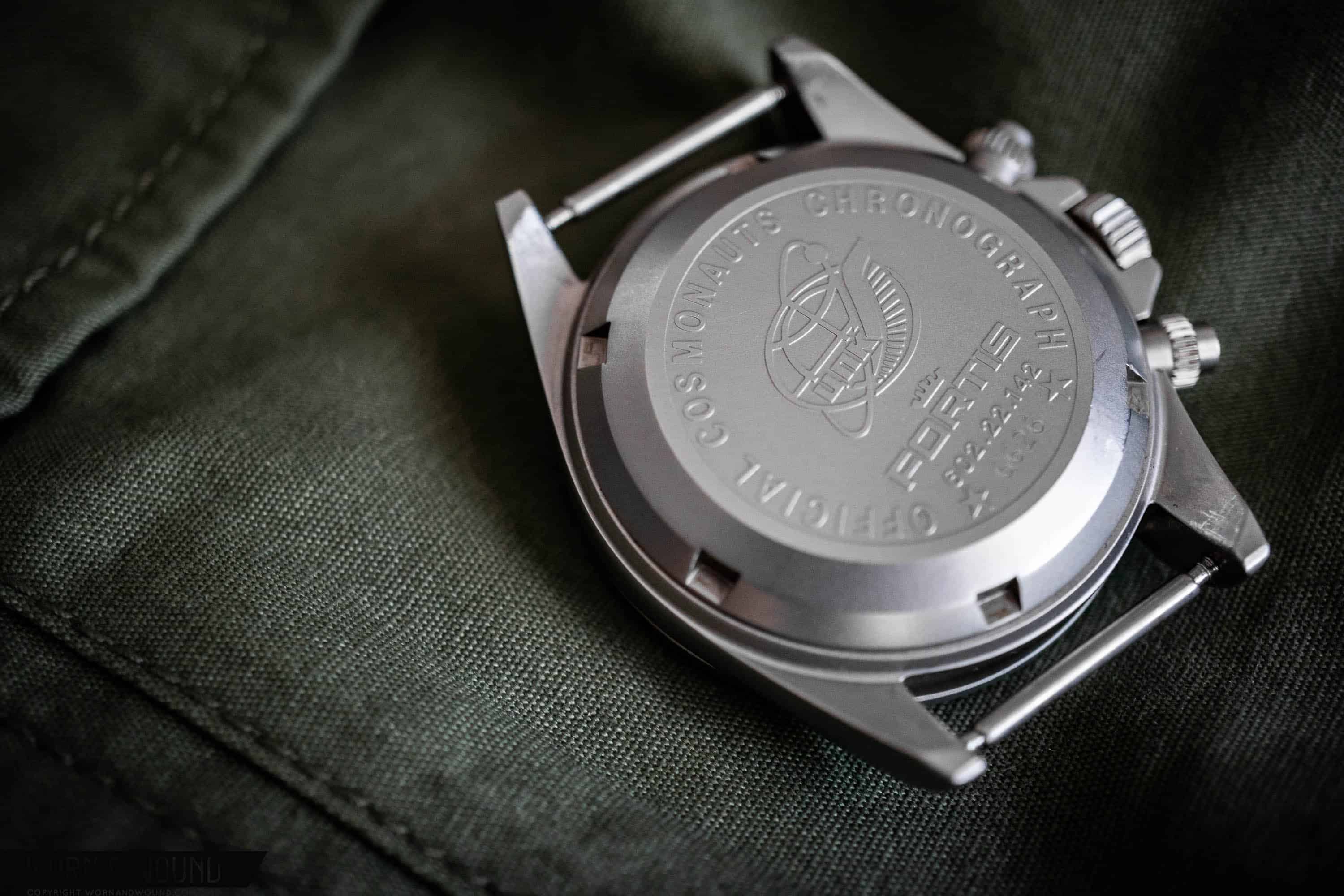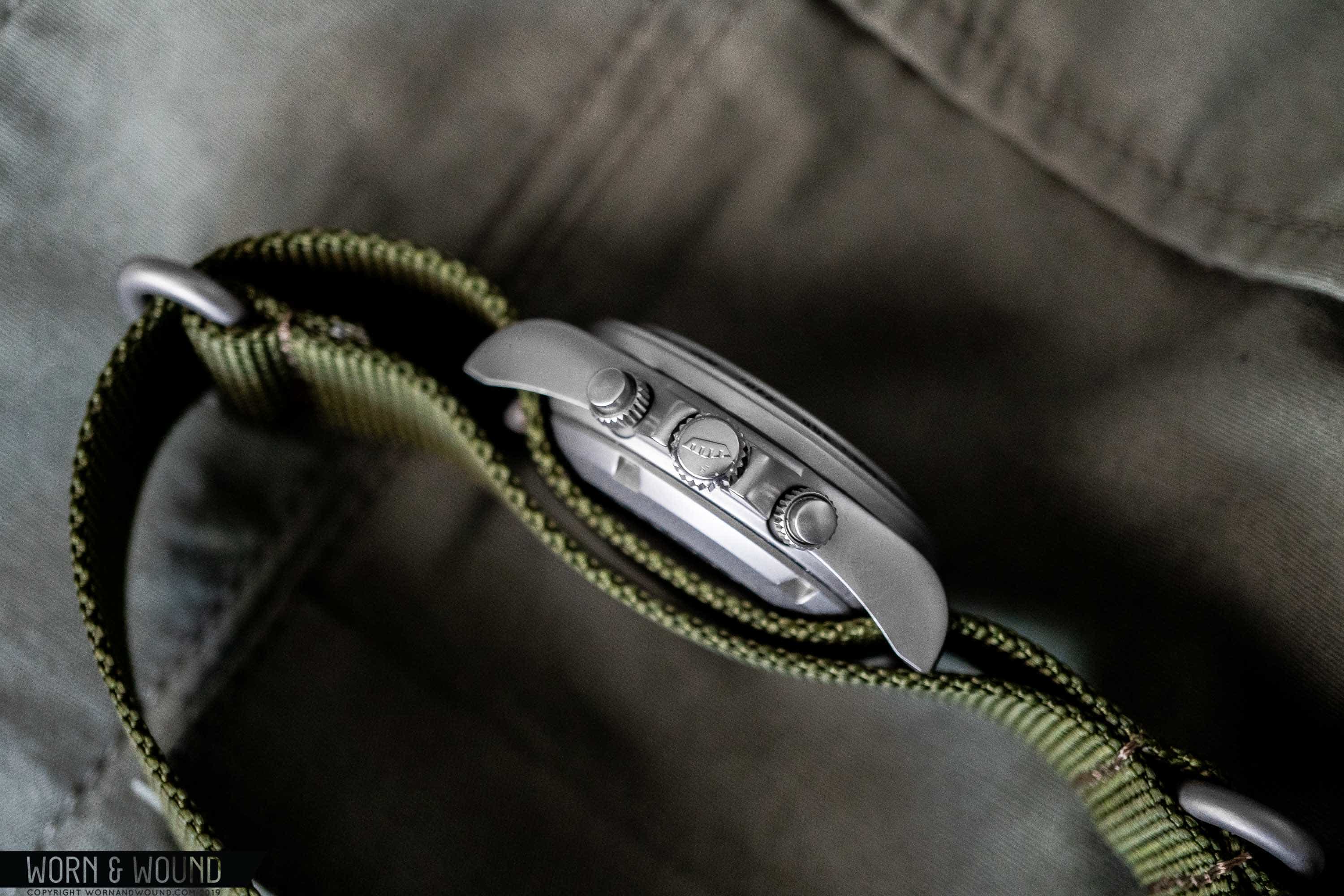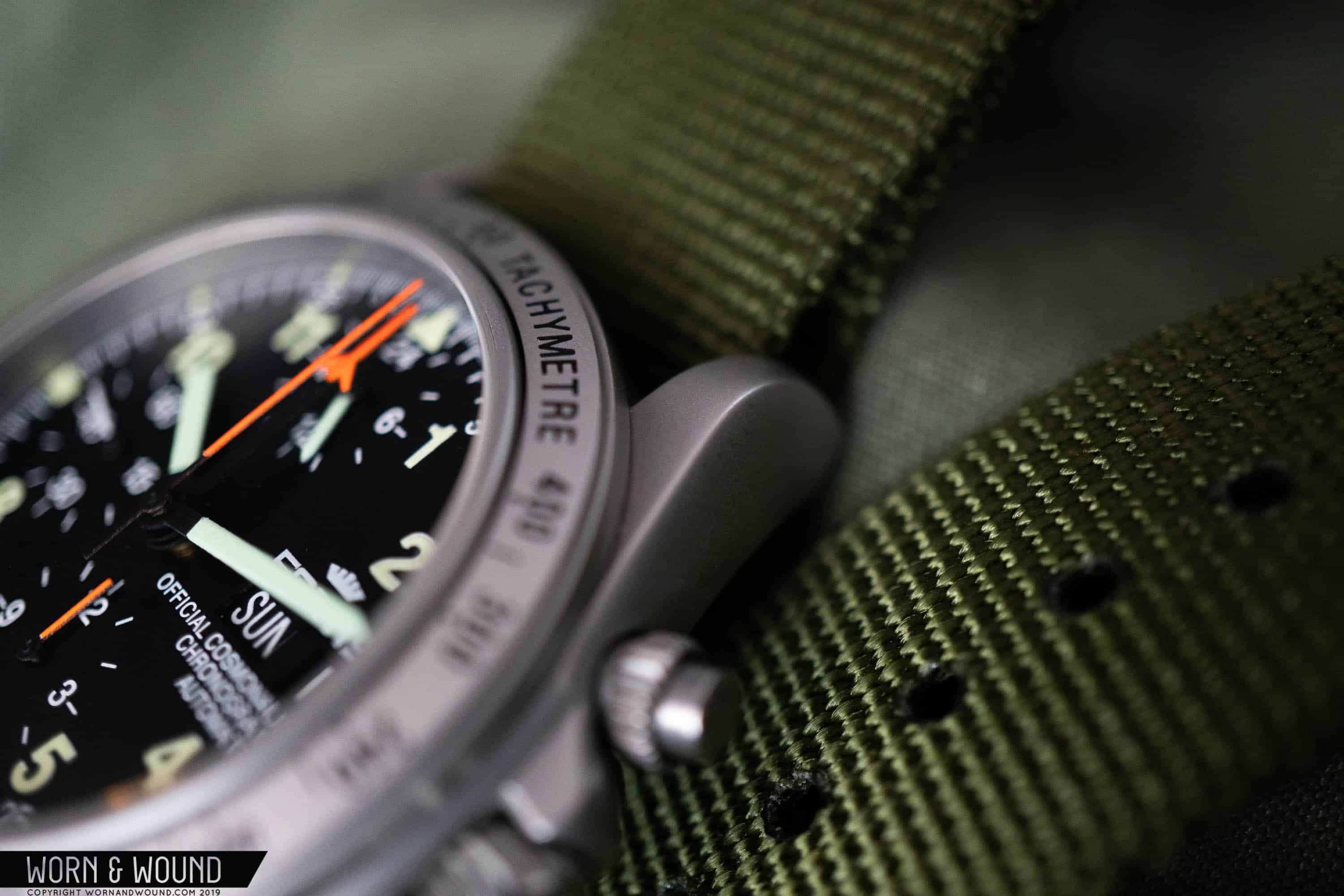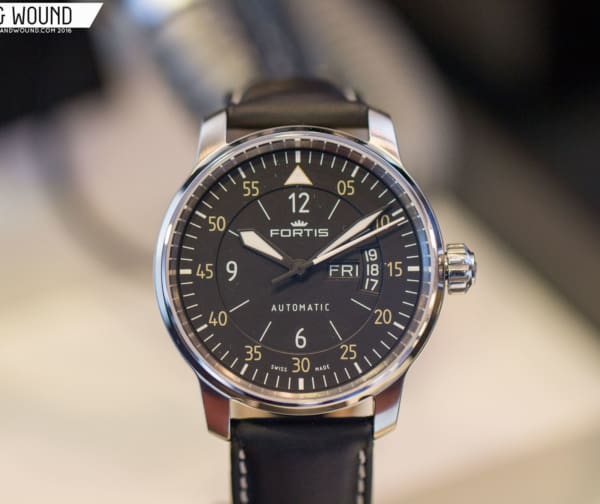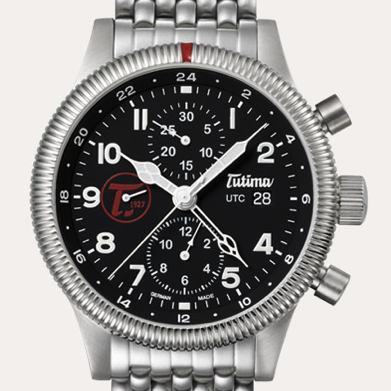Watches in space capture the imagination like little else in the hobby. There’s something about those of us who exist strictly within the realm of earth’s habitable atmosphere using the same timekeeping tool as the most adventurous human beings that is undeniably appealing. It goes without saying that in spite of NASA’s recent announcement that they’ll take folks on a ride to the space station in a few years for strictly commercial purposes that most of us simply won’t ever have the chance to orbit the earth in a small metal tube. We can, however, buy the same watch that’s issued to professional astronauts, bringing us within spitting distance of our heroes in a way few other hobbies can match.
Usually when we think of space watches, it’s the Omega Speedmaster Professional that comes to mind. There’s good reason for this – it was, after all, the first watch worn on the moon, and remains the only timepiece flight qualified by NASA for all manned spaceflight, according to the iconic text on the caseback. But in the 50 years that we’ve been stretching beyond the reach of our orbit, astronauts have worn a variety of watches on their wrist. And the United States is not the only of the world’s space agencies to provide a watch to its astronauts.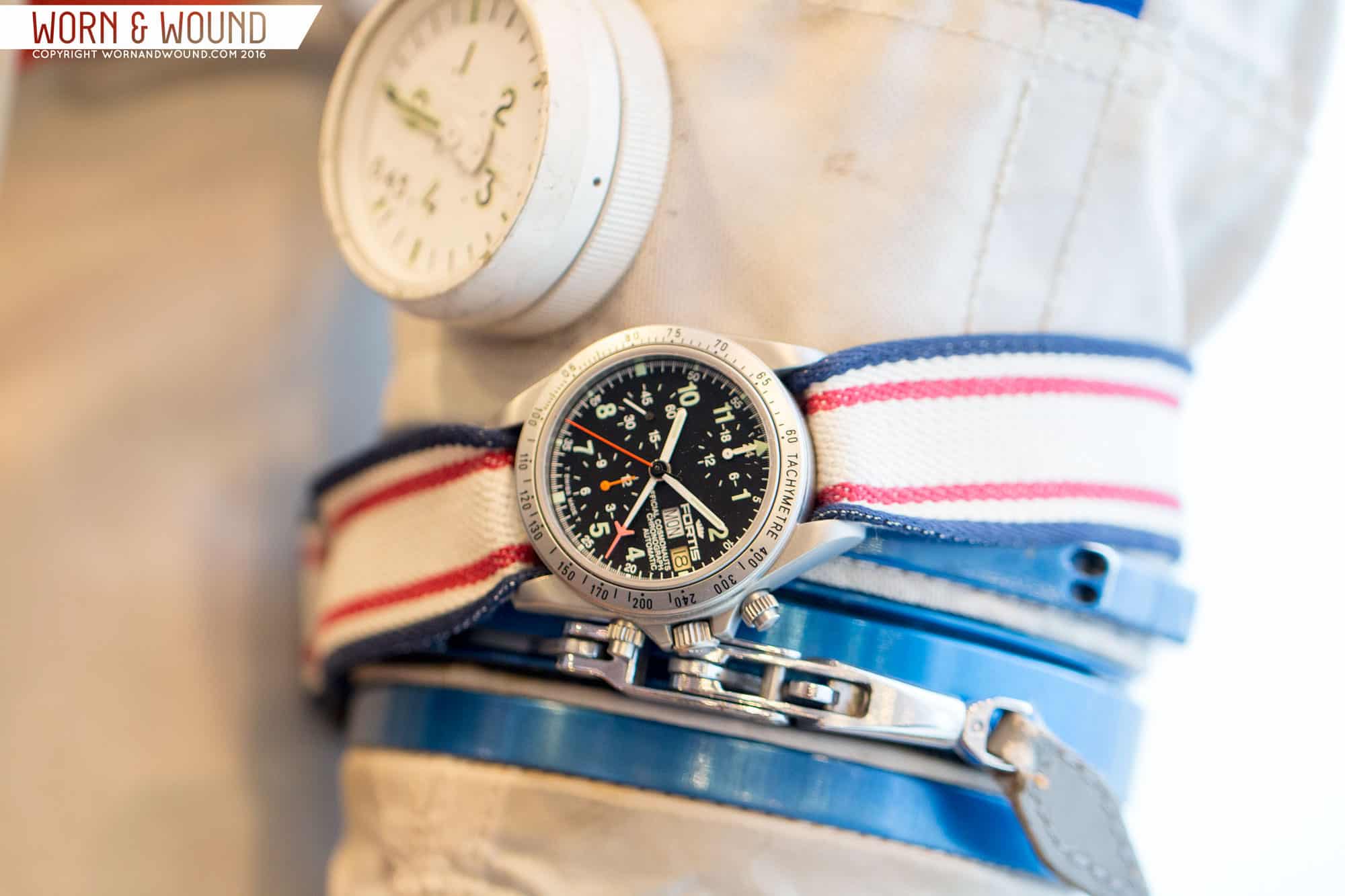
Quietly, Fortis has carved out a deep history making watches designed for space exploration. The Official Cosmonauts Chronograph, released in 1994 and powered by the classic Lemania 5100 movement, was the first watch to be officially sanctioned for use by the Russian Space Agency (ROSKOSMOS) and flew on MIR and ISS missions from 1994 until 2003. This original Cosmonaut’s Chronograph was eventually replaced by the Fortis B-42 Official Cosmonaut’s Chronograph in 2003. The Lemania movement gave way to an ETA 7750, and the case was upsized to 42mm (for better handling using bulky space gloves).
That original version, powered by a Lemania 5100 movement, is something of an enthusiast’s favorite. It’s got space watch pedigree, a traditionally sized steel case that comes in at 38mm, and a movement that is pure gold to chronograph nerds. The Lemania 5100 is, of course, a central minutes chronograph, which for many is massively more functional in real world timing situations. It seems to me that “space travel” is one of those scenarios where you want to leave as little to chance as possible, making an easy to read central minutes counter all the more appealing.









 Featured Videos
Featured Videos




